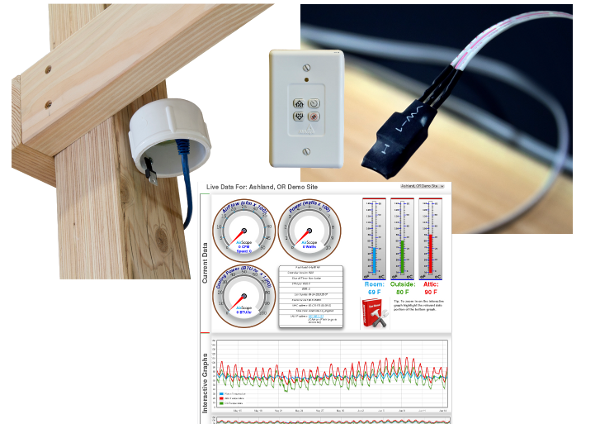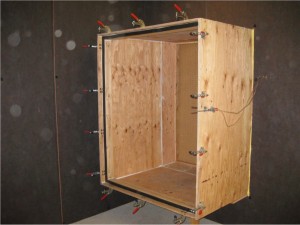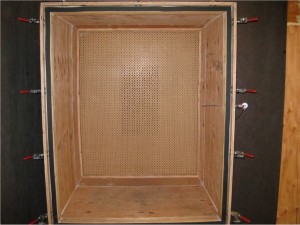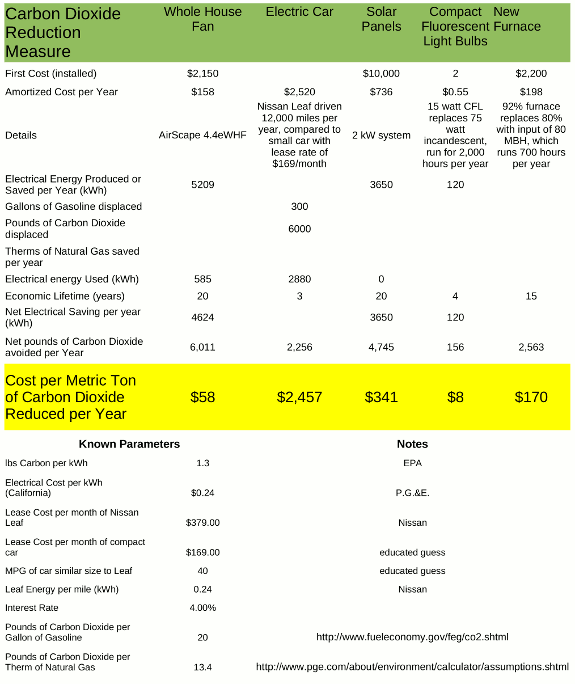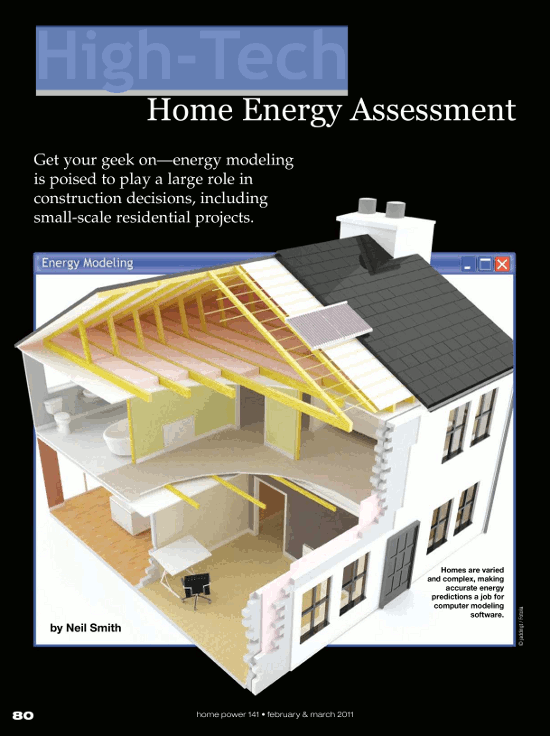What ? The data monitoring package “DMP” is a new feature available for AirScape whole house fans. This package of extra sensors and software allows whole house fan owners to view room, outside, and attic temperatures. Users can view the temperatures through their browser enabled devices (smart phones, computers, tablets …). Historical data will be saved on AirScape servers and will only be available by secure login.
Why is this cool ? You will be able to check temperatures in your house, attic, and outside remotely. By looking at the graphs of temperatures, you’ll be able to decide on the best ways to save utility costs. Upcoming software will be able to total your annual energy savings.
When? Available in the next 2 weeks on select models.
Cost ? The additional cost for the 3 temperature sensors (accurate to 1 deg F) and additional embedded software will be $49. Monitoring and web access: FREE
Privacy ? Your data will only be available to you, secured by encrypted passwords. Aggregated data that does not reveal the user’s identity may be used for research purposes.
Want to see more about how it works? Check out the DMP DEMO PAGE


